Keretapi Tanah Melayu Berhad (KTMB) or Malayan Railways Limited is the main rail operator in Peninsular Malaysia. Formerly known as the Malayan Railway Administration (a corporate sole established under Section 4 of the repealed Railway Ordinance 1948), it came to be known as KTMB after the government-led corporatisation in 1992. However, it remained wholly owned by the federal government. The railway system dates back to the Britishcolonial era, when it was first built to transport tin. Fares are generally reasonable, but the low speed of the intercity trains does not usually make them competitive with other modes of transportation.
Kuala Lumpur Railway Station (Malay: Stesen Keretapi Kuala Lumpur) is a train station located in Kuala Lumpur, Malaysia. Completed in 1910 to replace an older station on the same site, the station was Kuala Lumpur's railway hub in the city for the Federated Malay States Railway and Malayan Railway (Malay:Keretapi Tanah Melayu), before Kuala Lumpur Sentral assumed much of its role in 2001. The station is notable for it architecture, adopting a mixture of Eastern and Western designs.
The station is located along a road named Jalan Sultan Hishamuddin, previously known as Victory Avenue, which in turn was part of Damansara Road. The station is located closely to the similarly designed Railway Administration Building, as well as the National Mosque and Dayabumi Complex. The Pasar Seni LRT station is located 400 metres away, across the Klang River.
The first Kuala Lumpur Railway Station, nicknamed Resident Station due to its proximity to the residence of the British Resident, was completed and located opposite to the Selangor Club towards the west. Constructed of wood and a nipah palm roof, the station was the first in Kuala Lumpur, linking Kuala Lumpur toKlang (Pengkalan Batu) via the first railway line to connect the city with the rest of the Malay Peninsula (officially inaugurated September 22, 1886).
The second station, Sultan Street Station, was constructed in 1892 at Foch Avenue (now Tun Tan Cheng Lock Road), close to the present Maybank Towerand Puduraya bus station. Its design was based on Resident Station, and was stationed along the Pudu railway line, a new line that branched off north from the 1910 station, and connected mines from Ampang to the city. The line was unique in that the initial leg of the track approaching Sultan Street Station from the main line was sandwiched between two carriageways of Foch Avenue, cutting across the east side of the city.
Resident Station was demolished after construction of the new Kuala Lumpur station was completed. Meanwhile, Sultan Street Station was replaced by a smaller terminal station when the tracks at Foch Avenue were dismantled for road traffic, and was demolished after 1960. The Ampang-linked route is partially reused by the Ampang rapid transit line.
Arthur Benison Hubback, a British Architectural Assistant to the Director of Public Works, undertook the design of the station. Having served in India, he utilised his knowledge of Anglo-Asian architecture in the region on the station's design. The "Neo-Moorish/Mughal/Indo-Saracenic/Neo-Saracenic" style was not uncommon at the time. Similar structures, such as the Sultan Abdul Samad Building (designed by A.C. Norman, completed 1895), the Old City Hall (designed by A.B. Hubback, completed 1904) and the Jamek Mosque (designed by A.B. Hubback, completed 1909), pre-date Kuala Lumpur station.
At a cost of $23,000, the station was completed and operational on August 1, 1910. After the demolition of Resident Station and the isolation of Sultan Street Station, Kuala Lumpur Railway Station became the main railway station in Kuala Lumpur. A hotel, the Station Hotel (now the Heritage Station Hotel), occupies part of the station. In 1995, access to KTM Komuter services was introduced at the station.
After the diversion of long-distance intercity rail traffic on April 15, 2001 to Kuala Lumpur Sentral, less than a kilometer south, the original station's importance diminished and redundant station facilities were withdrawn. While the side platforms of the station were raised to a height suitable for smooth embarking and disembarking from KTM Komuter trains, the current configuration of the platforms and access to services meant that the original station could not be maximised for use as a transportation stop for KTM Komuter passengers (see platform). The entire station is still served by both KTM Komuter and goods services.
In months leading up to August 31, 2007, the 50th anniversary of Malaya's independence, various sources reported the transfer of various old railway equipment from a railway warehouse in Klang and a few other locations to the old Kuala Lumpur station.[citation needed] This included a small restored shunter and an antique fire engine. The station was officially reopened on August 31, 2007 as a railway museum (where exhibitions are placed in the main hall and platform of the station), and is currently mooted as a cultural centre.
(source: wikipedia)
all shots taken with Hasselbald 500c/m, Carl Zeiss 80mm ƒ/2.8, Ilford HP5 and Kodak Portra 400NC

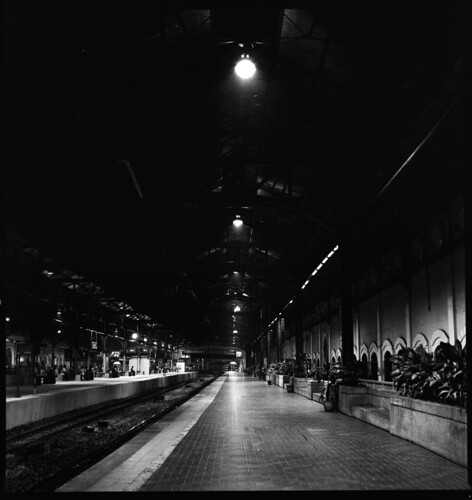
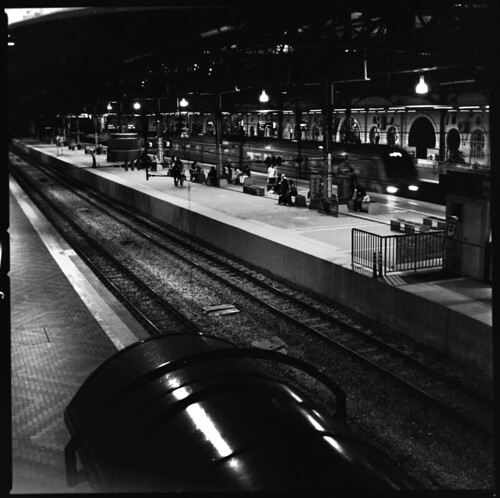
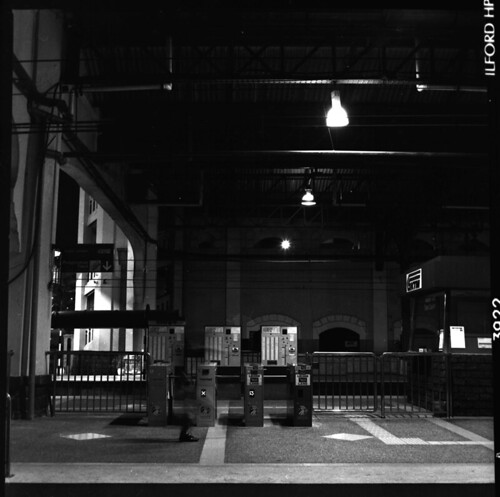
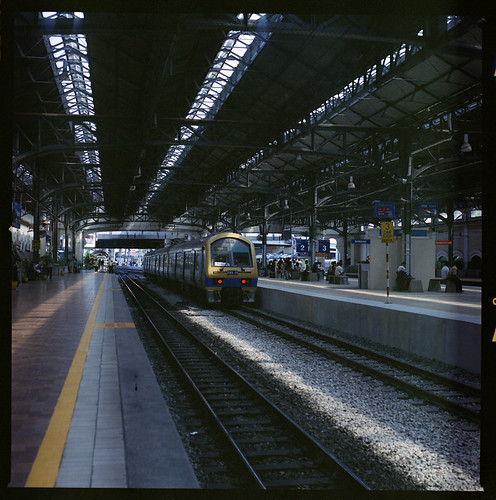
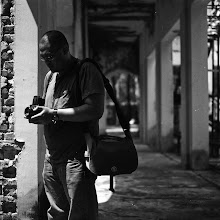
0 comments:
Post a Comment